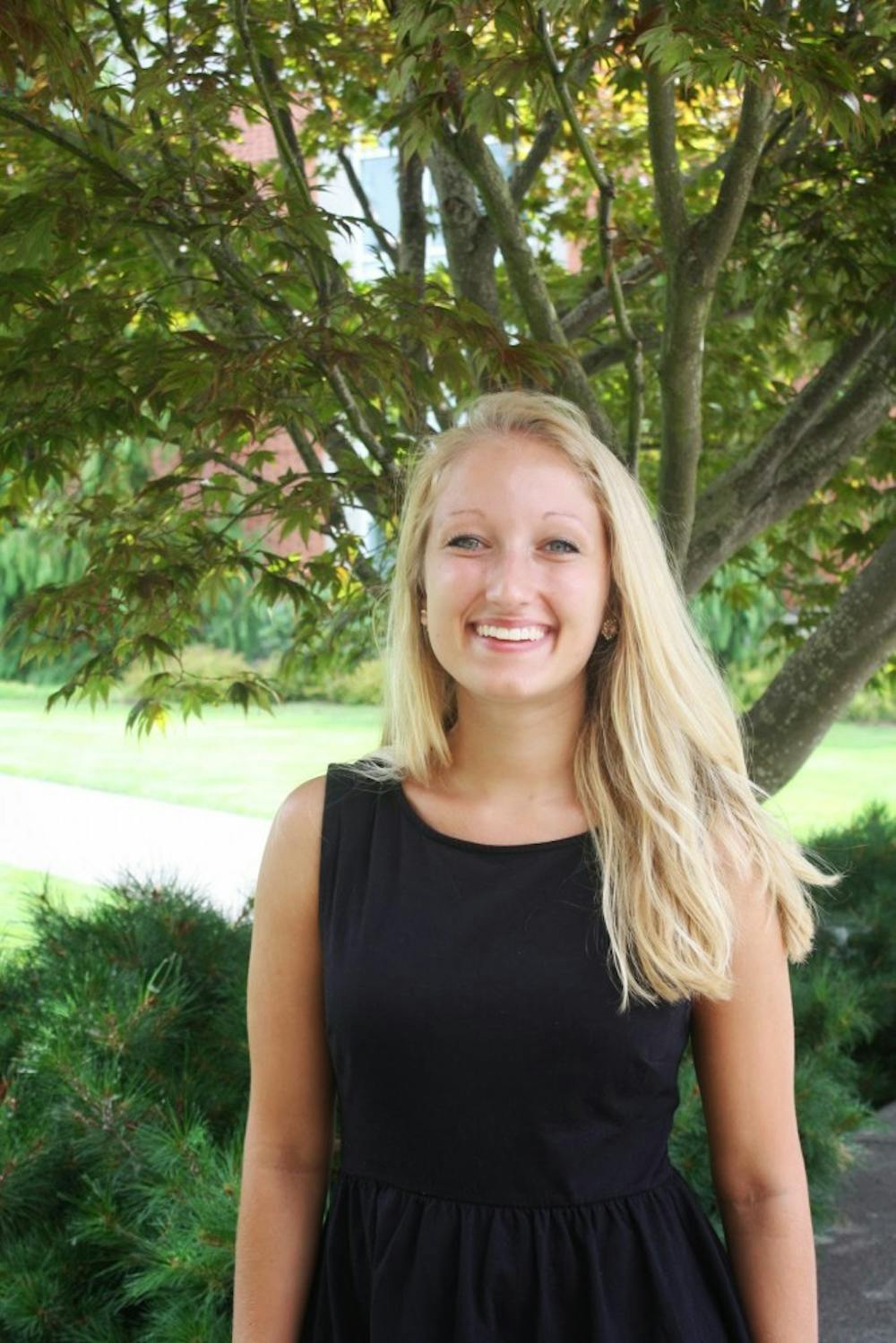When a crime report is released describing the appearance of a suspect, the purpose is to give identifiable information to help the public recognize a possibly dangerous individual.
Knowing that the suspect has a visible tattoo, a noticeable scar, or unique hairstyle would narrow the possible individuals who fit the suspect’s description. But when a crime report describes the appearance of the person in racial terms without any other distinguishing characteristics, they criminalize the racial characteristics of the individual - they criminalize an entire group of people.
Keeping our community informed and safe is important, but at what cost?
Concerned Community Members
Criminologist Bryan Rookey raised concerns about this practice at UP in January 2011 when Public Safety released a report, which was emailed to all UP community members, that described “three suspicious individuals” as:
Individual #1: Very heavy set black male, bald, approximately 5’6”-5’7” in his early 20’s. He was seen wearing an oversized white t-shirt, jeans, white shoes, and a baseball cap.
Individual #2: Black male, skinny, approximately 5’8”, high school age.
Individual #3: Black male, skinny with pimples on his face, approximately 5’8”, high school age. He was seen wearing a red shirt.
At the end of the email community members were urged to contact Public Safety or 911 “immediately” because the suspects were “considered a threat to our community.”
The problem with these descriptions: They fit the criteria for a majority of the black men that attend/work at UP or live in the surrounding area. Pretty much any young black man could fit one of those three descriptions - and that’s not fair or helpful.
“The question I have is: What is the utility of a vague racial description?” Rookey said in a recent interview. “How does (a vague racial description) possibly help the investigation? At what cost? Are you doing more harm than good?”
“There’s a harm there, I think,” Rookey said. “(Racial descriptions can be harmful) in the absence of a… defining feature. Vague racial descriptions are not useful from a public safety standpoint at all.”
Involved and Affected
Gerald Gregg, director of Public Safety said he releases racial descriptions of suspects, regardless of race, when the victim or witness is certain, because he considers that information as fact and believes informing the public of the facts is important to creating a safer community.
“The facts are the facts,” Gregg said. “It doesn’t make sense to withhold material facts when warning someone of a potential threat. The idea is to catch the person responsible for the crime.”
Gregg’s intention to keep UP safe is what we want from the director of Public Safety. But I worry that his singular focus on the facts and on finding the suspect without any regard for the effect this objective can have on the community as a whole is dangerous.
Yes the “facts are the facts,” but at what point should we reflect on the consequences the “facts” can have on a community - the way the “facts” can perpetuate a history of racial profiling and stereotypes?
Although Gregg’s intentions are good, it seems he’s missing the bigger picture.
“It’s not the race of the suspect that matters,” Gregg said. “It’s the crime of the behavior leading to the commission of a crime that’s the important part.”
Again, Gregg’s intentions are good. But by only focusing on the crime, Gregg misses the bigger social/historical realities of the system he’s a powerful part of. His ideas convey an element of “colorblindness,” or the belief that race is not a factor in how systems function - and this is just false. As soon as someone in a position of power says that race doesn’t matter, I am concerned. Gregg’s commitment to keeping UP safe is absolutely commendable, but his approach seems too narrow.
Sophomore Ben Arthur said he’s aware of how he looks when walking back to campus late at night.
“With the whole Trayvon Martin with the hood thing, when I walk around at night I kind of have to be conscious of that, about how I appear,” Arthur said. “Because being black and walking around late at night with a hood on, I’m seen as suspicious... just because I’m black... not because I was actually doing anything wrong.”
Arthur said he’s noticed a racialized pattern when he hears about crimes. He said it seems like the race of the suspect is more emphasized when the suspect is a person of color versus if the suspect is white. Arthur said using vague racial descriptions reduce all people who fit that description.
“It really belittles us - having such a vague description,” Arthur said.
The Big Picture
This issue is being debated in Portland and across the country.
Portland community members comment viciously on The Oregonian website, asking why racial descriptions are withheld from The Oregonian’s crime coverage. And repeatedly, Oregonian staff members reply with their policy, which is: The Oregonian will report racial descriptions if the police’s suspect description includes other identifying information such as gender, age, height, weight, and clothing description. However, The Oregonian doesn't consider vague racial characteristics to be valuable information given that without other identifying information, a vague racial description targets all people of a certain race.
At the University of Minnesota, students protested their campus police’s practice of releasing vague racial descriptions, and in February their campus police changed their policy to only release “sufficient detail that would help identify a specific individual or group.”
Improving Policy
Recently The Beacon released vague racial descriptions about crimes committed near campus. As a source of news and information for many people on and off campus, it is The Beacon’s responsibility to ensure we are not perpetuating the stereotypes and assumptions we claim to combat by reporting news fairly and without bias.
At the same time, Public Safety has recently released descriptions of suspects that were identified as “Caucasian,” and I think in those instances identifying a white suspect could help combat the assumption that all suspects are people of color. So I don’t think a colorblind rule, either for or against race in suspect descriptions is necessarily the answer. But eliminating racial descriptions might be the first step.
The policies at The Oregonian and the University of Minnesota are ones The Beacon and Public Safety should consider adopting.
“There’s an element of social responsibility,” Rookey said. “I think that there is a very important judgment call that needs to take place.”
When Public Safety releases a crime report, or when The Beacon covers crime, both organizations need to be more aware of the power they hold in perpetuating racial profiling - and the power they hold to confront it. By making a conscious choice to end patterns of racial profiling, Public Safety and The Beacon could take a meaningful step towards improving race relations in our community and setting a powerful example for other community members.
Lydia Laythe is a junior social work major and Opinion Section Editor and can be reached at laythe16@up.edu.








